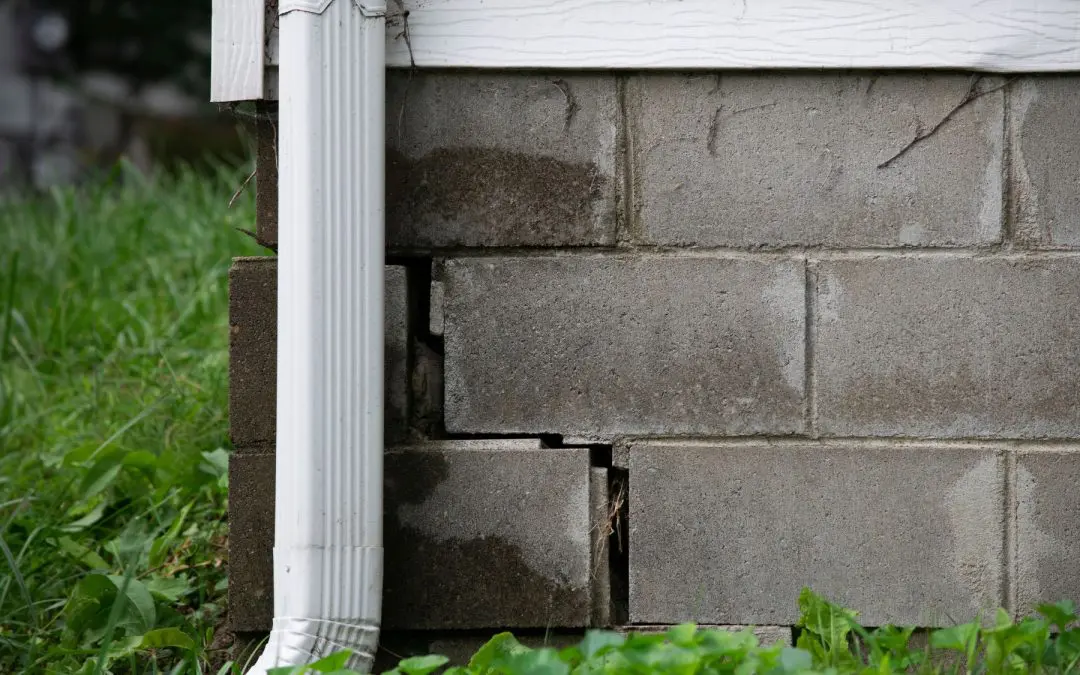The Foundation of Security: Signs of Structural Problems
Your house is more than just four walls and a roof—it’s likely your most significant investment and the primary sanctuary for your family. Maintaining that investment means staying vigilant, especially regarding the underlying structure that keeps everything standing. Many homeowners worry about major issues, but understanding the subtle, early warning signs of structural problems is key to proactive and cost-effective maintenance. Structural integrity dictates the safety and longevity of your home. Recognizing these signs early allows you to address them before they escalate from minor repairs to catastrophic failures.
Cracks: Not All are Equal
Cracks in your home are perhaps the most visible and common indicators of potential stress, but their significance varies greatly. Small, hairline cracks in drywall or plaster, often running vertically, are typically benign and result from normal settling and seasonal temperature fluctuations. These are cosmetic concerns.
The cracks you must pay serious attention to are those that indicate foundation movement. Look for cracks that are wider than a quarter-inch, particularly those that are horizontal, jagged, or step-patterned (following the mortar lines in brick or blockwork). Cracks that appear on both interior and exterior walls in the same general area, or those that widen at the top and narrow at the bottom (or vice versa), are strong indicators of significant differential settlement—where one part of the foundation is sinking faster than another. The direction and size of a crack are critical clues to the underlying forces at play.
Doors and Windows That Stick or Won’t Latch
While a single sticky door might be a simple swelling issue from humidity, a pattern of doors and windows suddenly becoming difficult to open, close, or latch correctly suggests movement in the surrounding frame. When the structural supports shift, even slightly, the rigid frames around doors and windows distort. This subtle warping is often more pronounced on upper floors or in areas near suspected foundation issues. If you have to forcefully push or pull a door to operate it, or if there is a noticeable gap between the door frame and the top or side of the door, it’s a sign that the framing is no longer square, indicating potential structural stress.
Sagging, Uneven, or Sloping Floors
A floor that feels bouncy, spongy, or is noticeably sloping is a clear red flag. Sagging floors can be caused by several issues, all related to the structural support system. This could range from failing floor joists due to water damage or termite activity to compromised main beams and girders in the crawlspace or basement. Over time, wood members can weaken, especially if they were undersized for the load or subjected to prolonged moisture.
Uneven floors, particularly those that consistently slope toward the center of the home or a specific corner, often point directly to foundation settlement or sinking supports beneath the main floor. The key is to distinguish between the minor settling common in older homes and an ongoing, progressive slope. Placing a marble or ball on the floor and watching which way it rolls can provide a simple, immediate confirmation of an uneven surface.
Excessive Moisture in Basements or Crawlspaces
Water is the primary enemy of structural integrity. A consistently wet basement or crawlspace is a major concern that goes beyond mildew and air quality. The presence of standing water or persistent dampness can erode the soil supporting the foundation (a process called washout), leading to settlement. Furthermore, excessive moisture provides the perfect environment for wood rot and mold, which can quickly compromise wooden structural elements like sill plates, floor joists, and support beams. Look for efflorescence (a white, powdery deposit) on masonry walls, which indicates water seeping through the concrete, or a perpetual musty odor.
Staying ahead of structural issues is about vigilance and observation. If you notice one or more of these signs, it is time to consult with a qualified structural engineer or foundation specialist. Early diagnosis and repair can save you significant time, stress, and expense down the road, ensuring your home remains the safe and sound investment it should be.
Signs of Structural Problems: Frequently Asked Questions
How quickly do I need to address a new, wide crack?
Any crack wider than a quarter-inch, particularly if it’s new and continues to grow, should be investigated immediately by a structural professional. Rapidly expanding cracks indicate ongoing, active movement that needs stabilization before it causes further damage.
Does every house settle, and how is “normal settling” different from structural failure?
Yes, all houses settle, especially in the first few years after construction. Normal settling typically results in minor, static hairline cracks. Structural failure, however, involves differential settlement—meaning one part of the house is moving faster or further than another—leading to larger, continuous, and uneven cracks, along with noticeable operational issues like sticking doors.
Can landscaping contribute to structural problems?
Absolutely. Large trees planted too close to the foundation can have roots that grow beneath the footing, causing uplift or drawing excessive moisture out of the soil, leading to soil shrinkage and settlement. Similarly, poor grading that directs water toward the house rather than away from it is a major contributor to foundation issues.
Homeworx Services Inc. offers home inspection services in Northern Virginia, including pre-listing inspections. Contact us to schedule an appointment.

